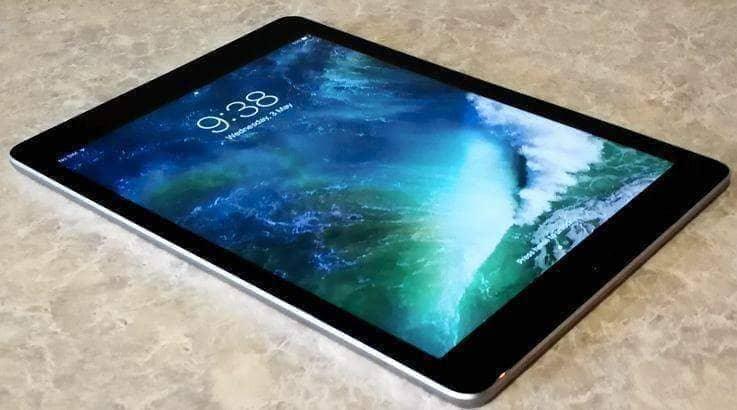- Good battery life: Battery life usage figures are by their nature somewhat elastic, because what you use a tablet for will impact its overall performance markedly. Apple itself rates the new iPad as being capable of up to 10 hours of video, web surfing or music listening, and that’s an entirely achievable battery goal. Using Geekbench’s older Geekbench 3 battery test, we managed to eke out 12:41:20 of battery time with a battery score of 7613. By way of comparison, the 9.7 inch iPad Pro only managed a battery life of 11:42 with a score of 7020, although it does pack in less battery capacity due to its lighter carrying weight. The larger battery in the new iPad should deliver better battery performance, and in our tests it did just that.
- Wide variety of tablet-optimised apps: Apple didn’t invent the tablet computing concept, but there’s little arguing with the idea that it made it truly popular. Popularity brought developers into the fold, and they’ve largely stayed there. What that means is that you get a library of seven years worth of tablet-specific apps to choose from, whether your tastes run to straight entertainment apps or more productivity-centric fare. You can buy even cheaper Android tablets, but that’s a much more fragmented market where apps may behave erratically depending on screen resolution and how much work the developer has put in to cover your specific tablet situation.
- Lowest cost full iPad: There’s really very little doubting that this particular model iPad runs out the door due to the asking price. Apple’s Australian pricing for the new iPad starts at just $469 for a 32GB Wi-Fi only iPad. By comparison, the iPad Pro 9.7 inch starts at $849 for a 32GB model, and the iPad Mini 4 starts at $579, although that is for a model with 128GB of onboard storage.
Apple iPad: Why you might not want one
- Could be more powerful: The iPad 2017 represents a step up in power from the iPad Air 2, but it’s still a step behind the iPad Pro 9.7 and its A9X processor. Apple’s very deliberately made the choice to equip the new iPad with the same processor found in last generation’s iPhone models, and that means that if performance is your focus because you want an iPad to be your primary computer, the iPad Pro would be a better choice.
- Low base memory specification: Apple has been consistent in not offering a way to easily upgrade the storage on iOS devices, and it’s certainly not changing tack for the new iPad. The baseline 32GB is arguably just workable on an apps basis, but when you consider the growth of video services such as offline Netflix or offline Stan, you could fill that up pretty quickly. If you want to jump up to a 128GB iPad, it’ll cost you $130 to do so. That’s some expensive memory you’re selling there, Apple!
- Your existing iPad works fine: Apple sells a lot of iPhones every single year, and it’s not hard to see why. We carry our iPhones everywhere, wearing them out and often dropping and breaking them, requiring replacement, at which time an upgrade makes perfect sense. iPads are less portable and likely to be less heavily used over the same time period, which means they’re likely to last longer. The new iPad isn’t some radical reinvention of the iPad concept. It’s just a little faster and a bit cheaper, but if your existing model does what you need, there’s not much here to push you towards an upgrade.
- 4G LTE is pricey: The new iPad is priced to sell, as they say, but there’s still the option to go for the 4G LTE model, which incorporates a nano SIM card slot so you can stay online as long as you have a mobile broadband service. This works well, but it’s a hard sell given that the price difference for that feature is a full $200. You could easily pick up a Wi-Fi hotspot and service a whole range of devices for that kind of money. When you’re only paying from $469 for the device itself, a $200 increase is quite noticeable.

